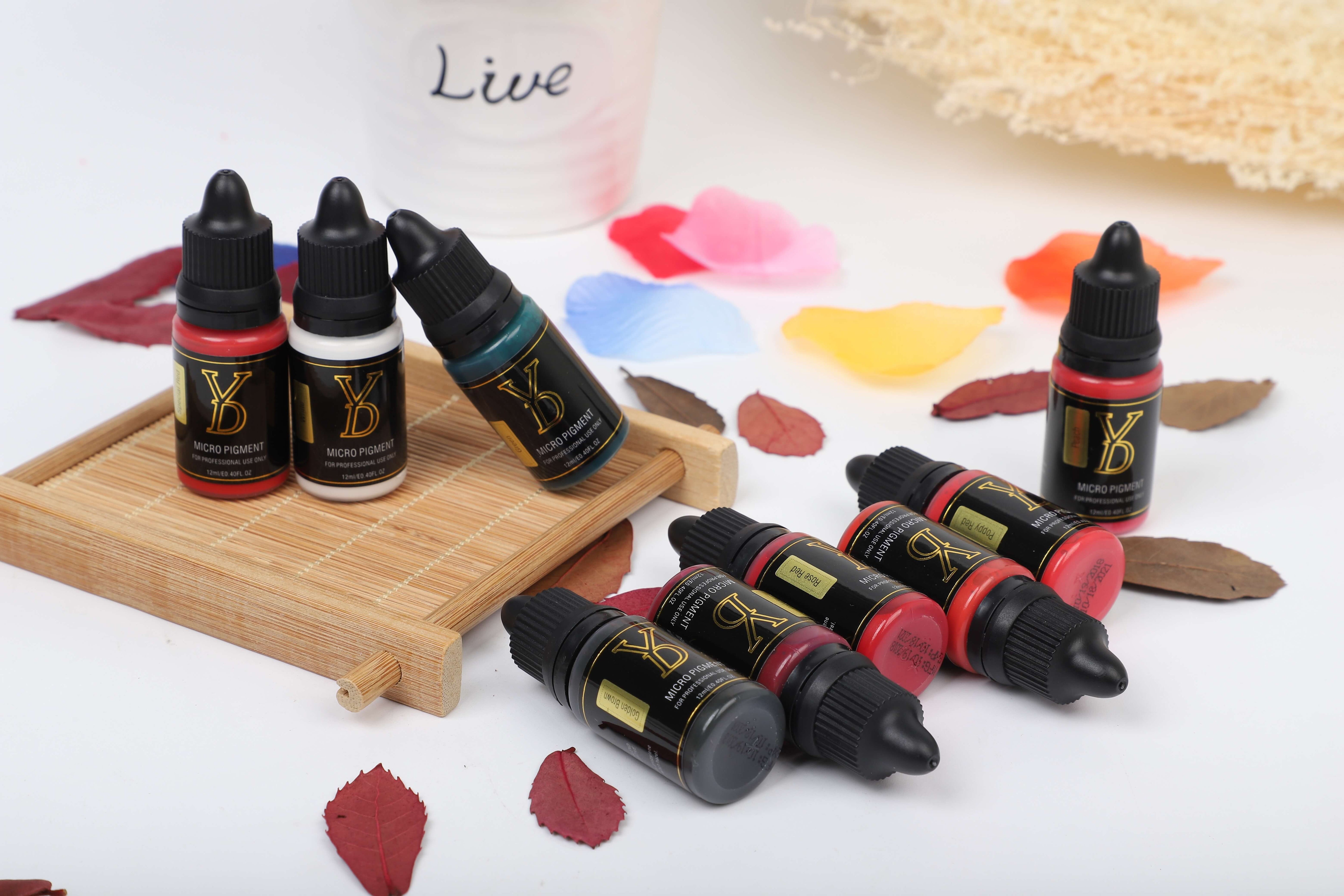Thinking about getting a lip blush? This semi-permanent treatment can enhance the natural color and shape of your lips, giving them a soft, tinted look that lasts for years. But like any cosmetic tattoo, it comes with a healing process. Knowing what to expect day by day will help you feel confident and prepared.
Below, we’ll walk you through pre-care tips, the lip blush healing stages, and the most common aftercare FAQs.
What Should You Do Before Your Lip Blush Procedure?
A great result starts before your appointment. Here are a few pre-care tips for lip blush:
-
Avoid blood thinners: Skip alcohol, caffeine, aspirin, and ibuprofen at least 24 hours prior. They increase bleeding and can affect pigment retention.
-
Hydrate your lips: Apply a nourishing balm in the days leading up to your session. Dry, cracked lips may not hold pigment evenly.
-
No active skincare: Stop using retinol, acids, or exfoliants on and around your lips a week before.
-
Cold sore prevention: If you’re prone to cold sores, ask your doctor about an antiviral prescription (like Valtrex) to avoid flare-ups during healing.
👉 You may want to explore our Removal products to keep your lips soft and ready for your procedure.
Lip Blush Healing Timeline: What Happens Each Day
Every client heals a little differently, but here’s the general lip blush day-by-day healing process most people experience:
-
Day 1 – Fresh & Bold: Your lips will look brighter and darker than expected. Slight swelling and tenderness are normal.

-
Days 2–3 – Tightness & Flaking: The color may deepen, and your lips can feel dry or scabby. This is the lip blush peeling phase—do not pick or peel.

-
Days 4–6 – Peeling Phase: The pigment begins to flake off. Don’t worry—this is just the top layer shedding. Your lips may look patchy.

-
Days 7–10 – Faded Look: The color often seems much lighter, even like it’s “disappeared.” This is normal—pigment resurfaces as the skin heals.

-
Weeks 2–4 – Color Returns: The true shade slowly settles in. Lips will appear softer and more natural.
-
Week 6+ – Touch-Up Ready: By this point, your lips are fully healed and ready for your lip blush touch-up session, which perfects the color and shape.
👉 To support the process, check out our lip blush aftercare products that help minimize dryness, flaking, and irritation.
FAQs About Lip Blush
1. Does lip blush hurt?
Most artists use a topical numbing agent, so discomfort is minimal—more of a scratching sensation than pain.
2. How long does it last?
Results typically last 2–3 years, depending on your skin type, lifestyle, and aftercare.
3. Can I wear lipstick afterward?
Avoid makeup on the lips during the healing phase. After full healing, you can layer lipstick or gloss over your blush as usual.
4. When can I eat and drink normally?
You can eat and drink right away, but stick to a straw for the first few days and avoid spicy, salty, or acidic foods that may irritate your lips.
5. Is a touch-up necessary?
Yes—lip blush is a two-step process. Your follow-up session ensures long-lasting, even results.
Final Thoughts
Lip blush is a beautiful way to enhance your natural lips, but the healing journey requires patience. By following cosmetic tattoo aftercare for lips, trusting the process, and attending your touch-up session, you’ll enjoy soft, tinted lips that look effortlessly polished every day.
👉 For the best results, make sure you’re using a complete lip blush aftercare kit to protect your investment and keep your lips looking flawless.




